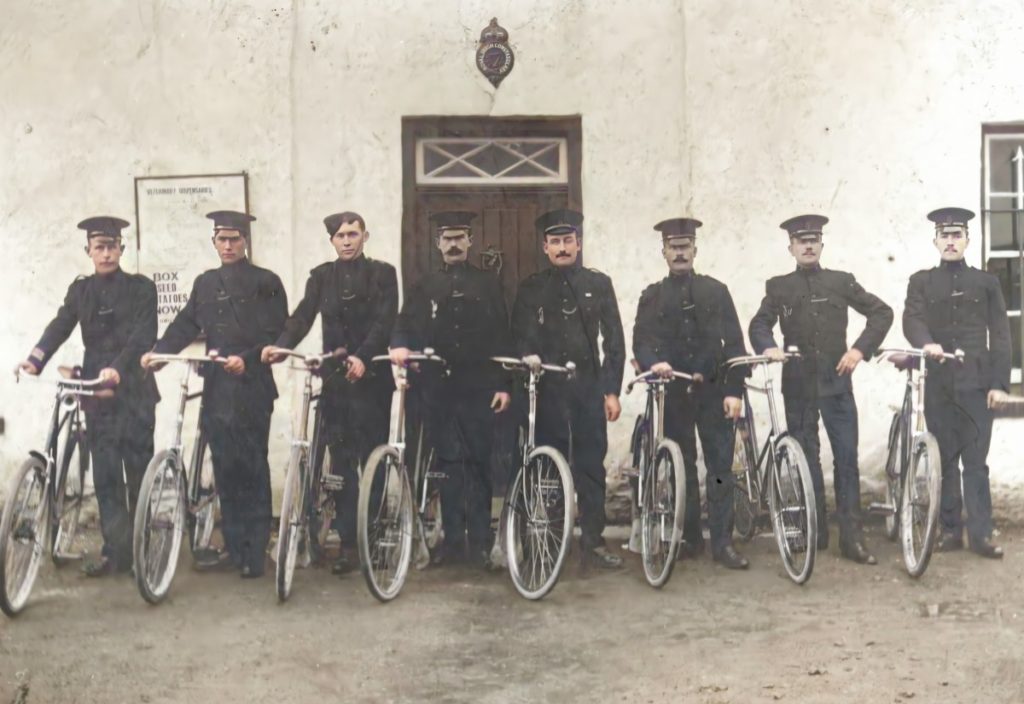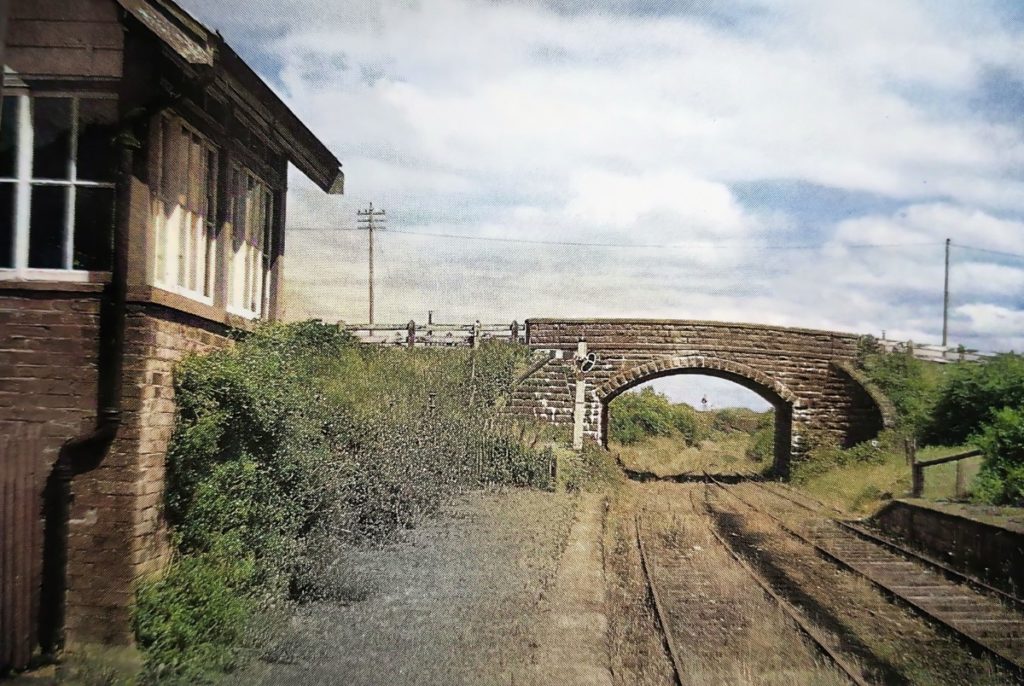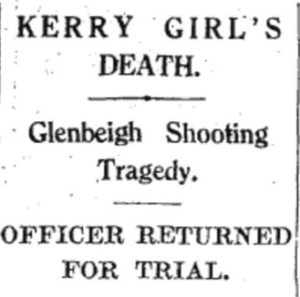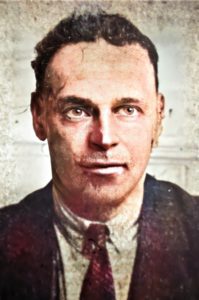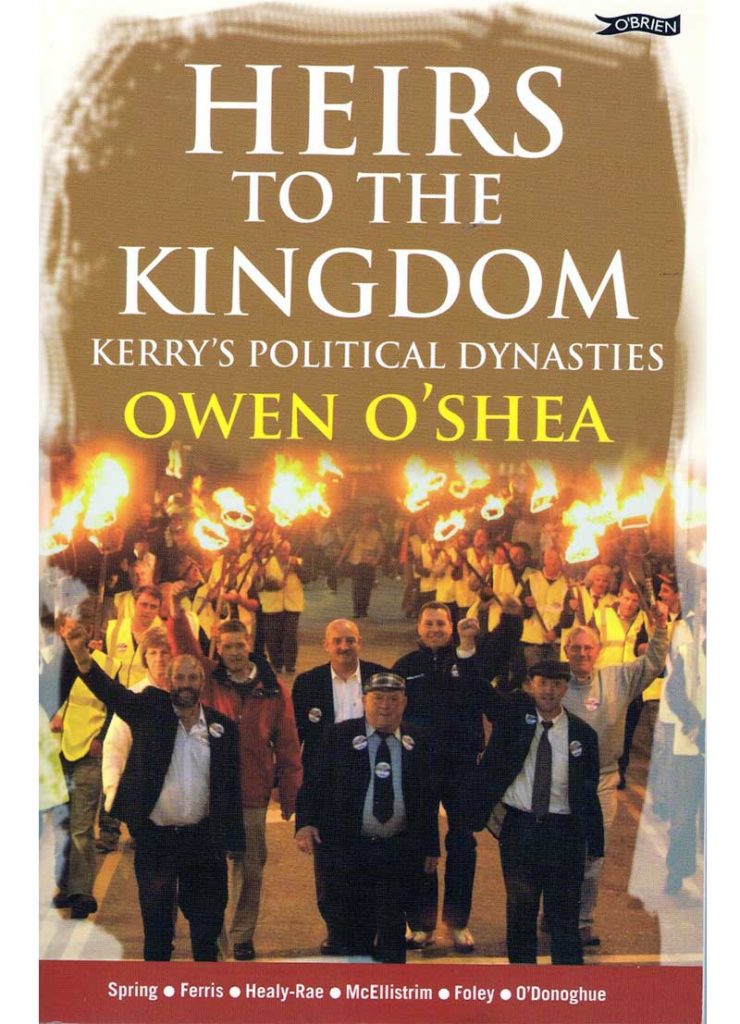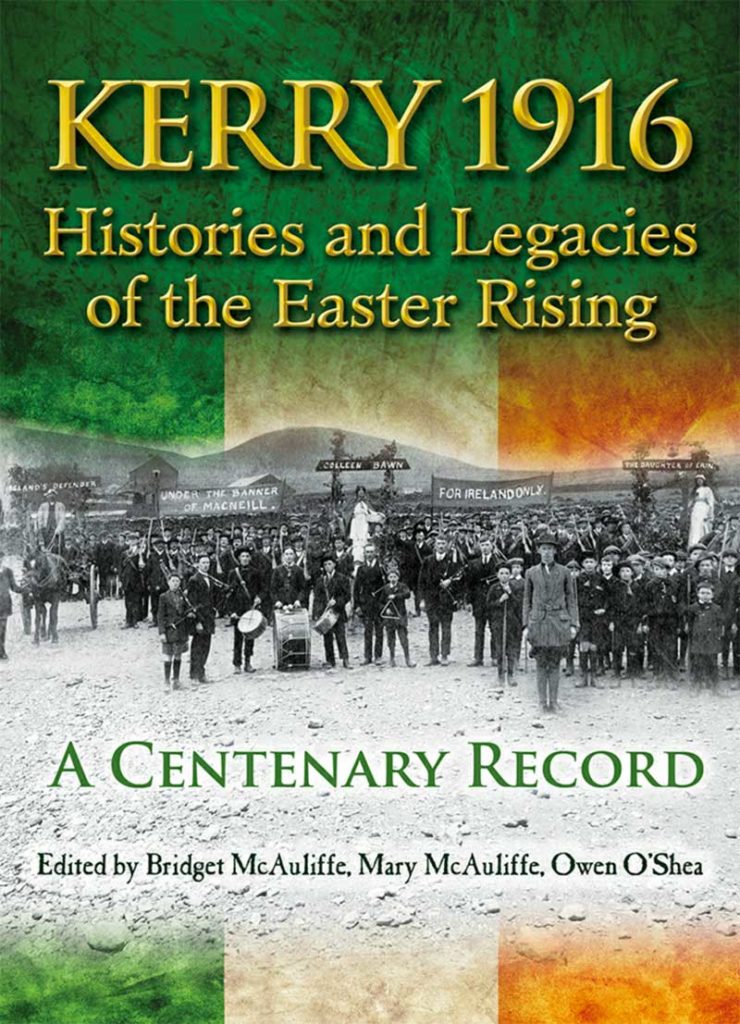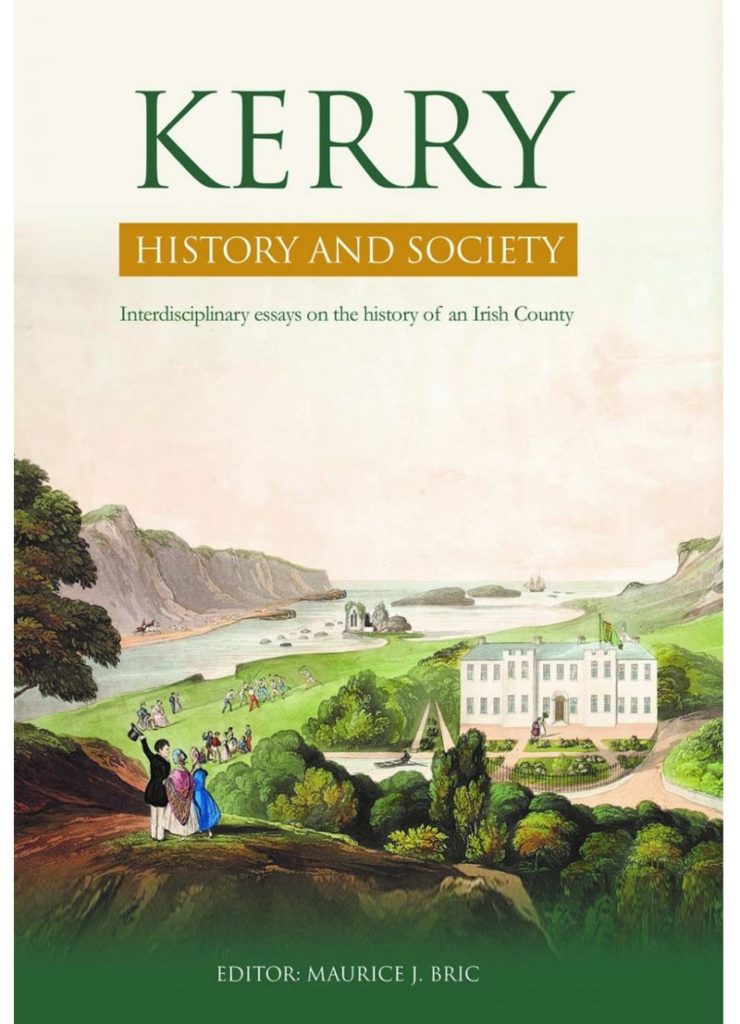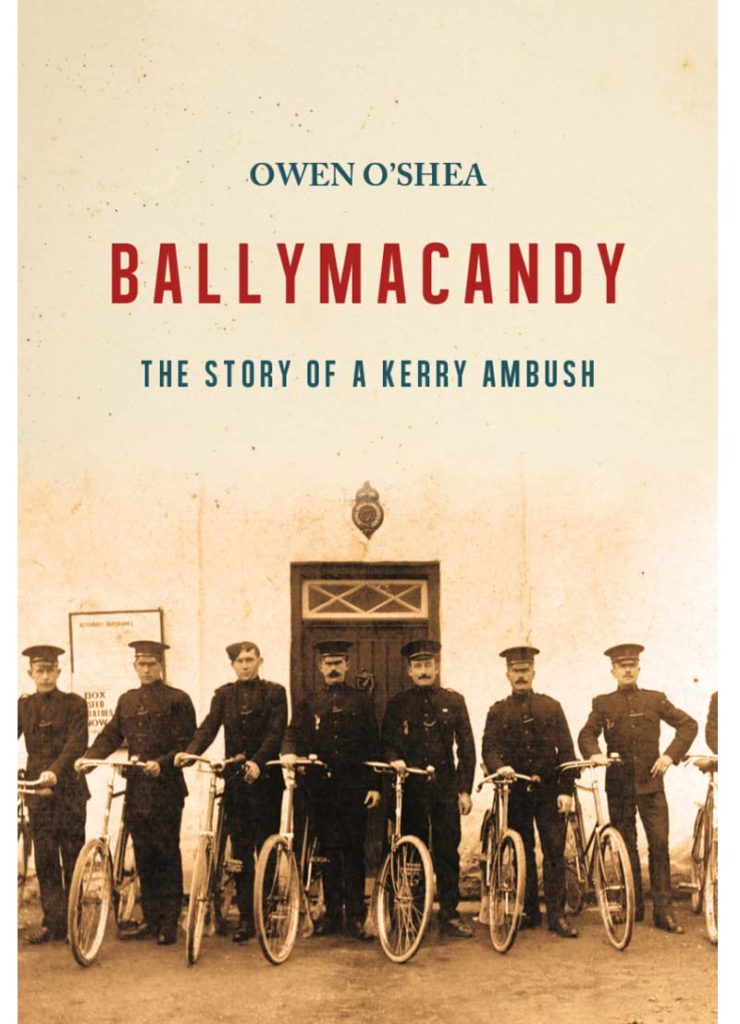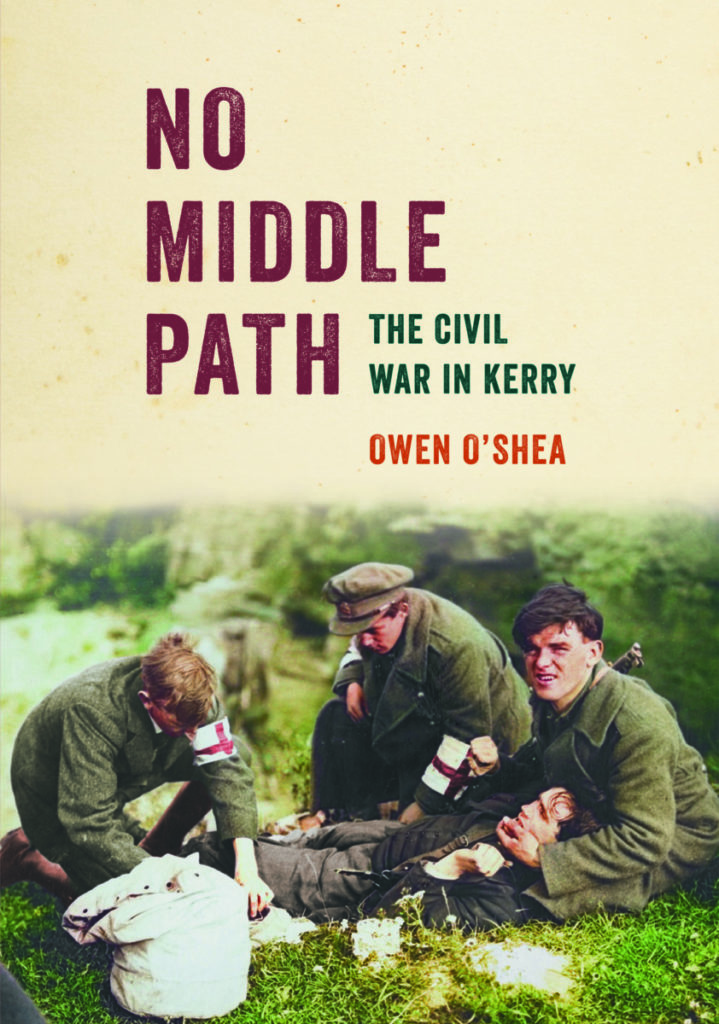An extract from ‘Ballymacandy: The Story of a Kerry Ambush’ by Owen O’Shea (Merrion Press, 2021)
The police completed their business in Tralee by 2.45pm and they set out on the return journey over the mountain and on towards Castlemaine, with McCaughey taking the lead. Stopping in Castlemaine for refreshment, they entered Griffin’s public house where they remained for no more than a half hour. Neither McCaughey nor any of his party noticed the two IRA scouts in the corner of the bar. The presence of the scouts likely alerted the publican that something was afoot, but nothing was said to arouse suspicion. Dan Keating of Ballygamboon who was lying in wait at Ballymacandy, later reflected that the publicans ‘were great, no hint in the world of the ambush plan.’
While in Castlemaine however, one of McCaughey’s constables, Patrick Foley ‘got a tip to look out on the road home.’ Another constable William Harvie later gave evidence that, in Castlemaine, the party was approached by Joseph Duckett, the stationmaster at Killorglin Railway Station, to warn them of possible danger. Duckett is identified in recently published files as one of those suspected by the IRA of passing information to the authorities. He was described as being friendly with DI McCaughey and that he was ‘at Castlemaine on that day and told DI McCaughey that they were to be ambushed on road.’
It is not recorded how Duckett had become suspicious or aware of an imminent attack but in the network of informing and subterfuge, someone like a railway stationmaster was well-placed to pick up on chatter and rumours. Duckett was not unique among stationmasters who were alleged to have been informing the authorities of IRA movements – his counterpart at Cahersiveen, John Greensmith, for example, was allegedly ‘notifying police headquarters’ about IRA raids on trains in the early months of 1921.
McCaughey suspected that if there was to be an attack, it would most likely take place at Kilderry on the main road between Milltown and Killorglin. He figured they would be ‘dead safe’ as far as Milltown and could branch off there to take a different route to Killorglin and avoid Kilderry if necessary. At one point consideration was given to returning to Killorglin by walking along the railway line from Castlemaine to the north and west of Milltown, thereby avoiding the main road. Whether bravado or a sense of imperviousness to danger were at the root of his fateful decision, it was one which would have dramatic consequences for McCaughey and his men.
Despite the tip-off and the prospect of attack, he decided to press on and return to Killorglin on the same road they had travelled earlier in the day. The decision to continue while in the possession of this intelligence and against a backdrop of increased ambushing activity in the summer of 1921 makes McCaughey’s audacity and carelessness all the more inexplicable. His superiors at Dublin Castle were receiving regular reports from Kerry about the growing number and intensity of ambushes in the county at this time. Just a few weeks previously, a report from the County Inspector to headquarters in Dublin described the growing phenomenon of the surprise attacks on police by the ‘murder section of Sinn Féin’:
The general condition of this county is disturbed and unsatisfactory owing to the intense activity of the murder section of Sinn Féin. The IRA loses no opportunity to murder police now. Their attacks are mainly directed against small patrols and individual members. The have times prepared large ambushes, but for some reason they did not come off.
With an ominous prescience, the County Inspector added: ‘I think they are waiting for a weak convoy or a bicycle patrol.’
District Inspector McCaughey’s bicycle patrol departed Griffin’s Bar in Castlemaine about 3.30pm, again travelling in six pairs of two. One of the pairs of cyclists included Constable William Harvie and Constable John Stratton McCormack. Harvie later explained what happened before they moved off from Castlemaine:
Before we proceeded on our way, the District Inspector told us to be very careful. He said that he wouldn’t be surprised if something happened before we got into Milltown. We rode on at about the same interval between pairs carrying our revolvers in our hands.
An extract from ‘Ballymacandy: The Story of a Kerry Ambush’ by Owen O’Shea and published by Merrion Press, now available at: Ballymacandy: The Story of a Kerry Ambush | Irish Academic Press

